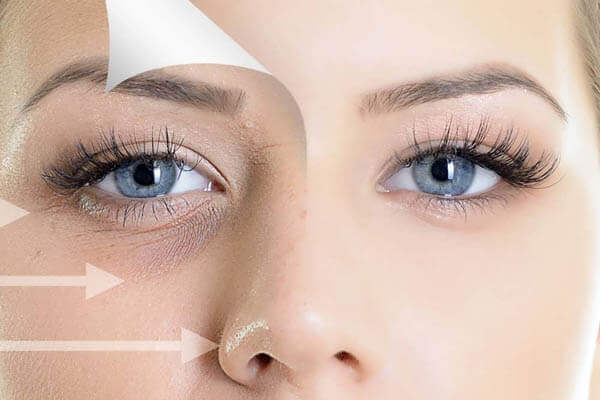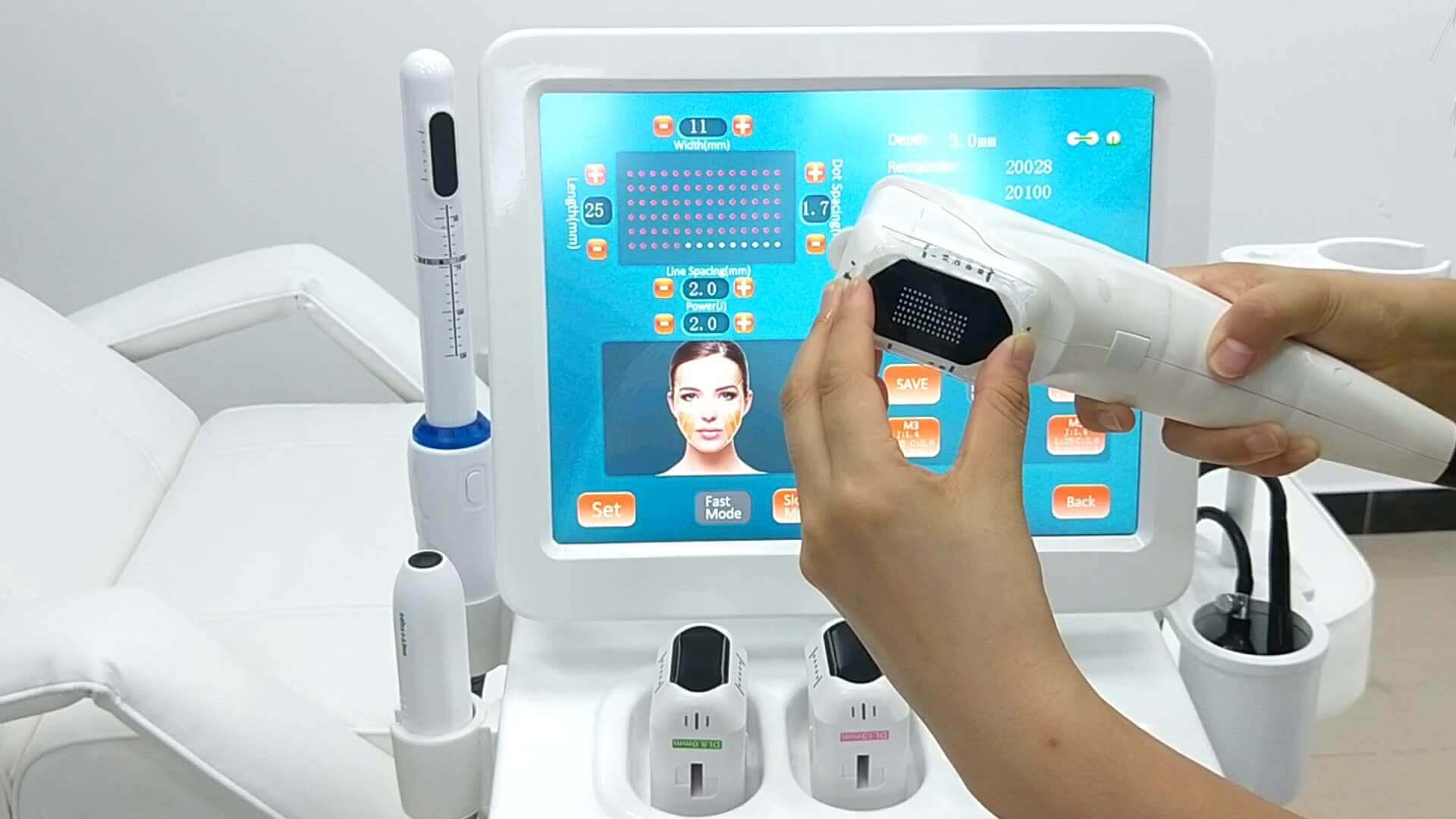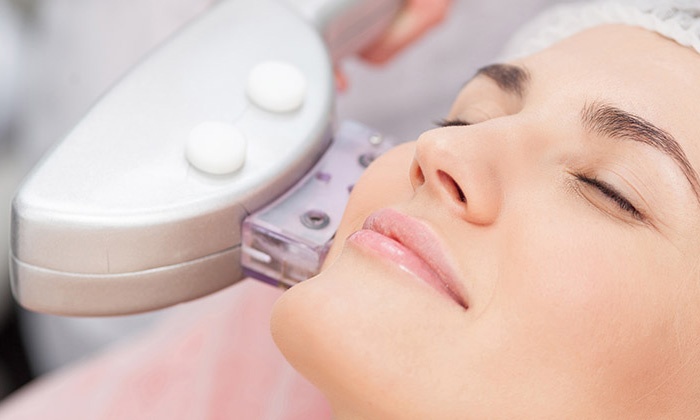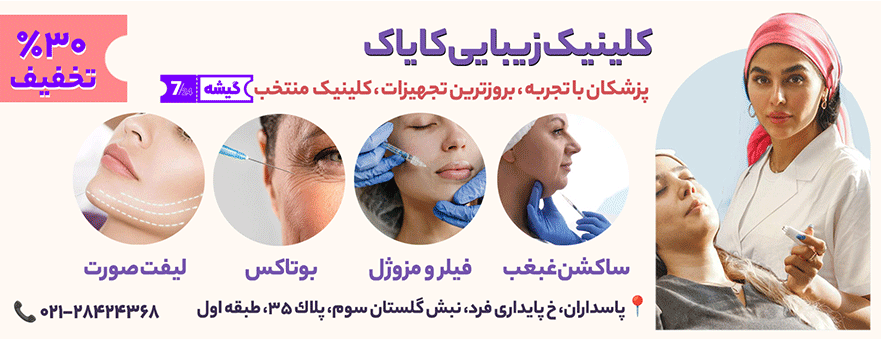Introduction
Ear piercing is one of the oldest and most popular beauty methods, dating back more than 5000 years. This process is still very common among young people and even adults today. The importance of care after ear piercing is very high to prevent infection. Research shows that about 30% of people who get ear piercings may get an infection. In this article, we will review the effective methods for prevention and treatment of infection after ear piercing, and we will review the experiences of users and the recommendations of doctors together.
Prevention of ear piercing infection
It is possible to prevent ear piercing infection by following hygiene tips and disinfecting the piercing site. Washing the ears regularly with salt water and using disinfectant solutions such as chlorhexidine are among the measures that can be taken to prevent infection. Also, avoiding touching the ear with contaminated hands and avoiding swimming in contaminated water for 6 weeks after piercing are other important points in preventing ear piercing infection.
Diagnosis of ear piercing infection symptoms
Early diagnosis of ear piercing infection can prevent more serious problems. Some of the symptoms of an ear piercing infection include redness, swelling, pain, and discharge of yellow or green fluid. If you see any of these symptoms, it is necessary to see a doctor. Home diagnosis methods include checking for symptoms and using a mirror to see the piercing site more closely. In more advanced cases, specialized tests may be required.
Care after ear piercing
Special care after ear piercing is necessary to prevent ear piercing infection. These cares include washing and disinfecting the piercing site, using products recommended by doctors and various antiseptic ointments and solutions. For washing, you can use a salt water solution (a teaspoon of salt in a glass of warm water), which is a natural disinfectant.
Recommended products to treat ear piercing infection
To treat ear piercing infection, there are various products that doctors recommend. Among these products, we can mention antibiotic ointments and disinfectant solutions such as chlorhexidine solution and mupirocin ointment. These products can help reduce inflammation and prevent infection. Bactroban ointment has strong antibacterial properties, but it may cause allergies in some people.
Home remedies to treat ear piercing infection
In addition to pharmaceutical products, home remedies can also be effective in treating the infection. Using a warm compress, washing the piercing site with salt water solution and using tea tree oil as a natural disinfectant are among these methods. To reduce pain and inflammation, you can put a warm compress on the infection site 2-3 times a day. .
Fast treatment of ear piercing infection
In order to treat the infection quickly, it is important to take action as soon as you notice the symptoms. Using antibiotic ointments on a regular basis and taking antibiotic pills if prescribed by a doctor are effective measures. Also, regular washing of the piercing site and seeing a doctor if needed can help in quick treatment.
Taking certain medications after ear piercing
In some cases, doctors may prescribe antibiotic pills to prevent or treat infection. Amoxicillin and azithromycin can be mentioned among these drugs. It is always important to consult your doctor before taking any medication to make sure it is appropriate for your condition.
Users’ experiences about care after ear piercing
Many people who have experienced ear piercing share their opinions and experiences in this field. Among the points that can be learned from their experiences are hygiene, use of recommended products, and follow-up of post-piercing care. Some users have reported successful experiences using mupirocin ointment and sea salt solution.
Doctors’ recommendations to prevent ear piercing infection
Doctors recommend that after piercing, avoid swimming in public pools for at least two weeks, avoid touching the piercing site with dirty hands, and wash the piercing site twice a day with an antiseptic solution. Also, using anti-allergic earrings and preventing piercing contact with chemicals such as shampoo and soap are other important recommendations of doctors.
Treatment of severe ear piercing infection
In cases where the piercing infection is severe, there is a need for more specialized treatments. Doctors may prescribe stronger antibiotics such as clindamycin. In some rare cases, surgery is needed to drain the infection. The treatment steps for a severe infection include the use of prescription drugs and a visit to the doctor for a more detailed examination.
Preventative products to prevent ear piercing infection
Products such as chlorhexidine solutions, antibiotic ointments and sea salt solutions are among the products that are recommended to prevent piercing infection. These products kill bacteria and provide a clean environment for the piercing to heal. How to use these products includes washing the piercing site daily with chlorhexidine solution and using mupirocin ointment as prevention.
Faster diagnosis of ear piercing infection using images
Viewing pictures of ear piercing infection can help to diagnose the signs of infection faster and more accurately. These photos can show symptoms such as redness, swelling, and fluid discharge that may require immediate treatment.
Returning to normal activities after ear piercing
Typically, people can return to their normal activities after two weeks, but they should still take care and avoid any pressure or trauma to the piercing site. Timing of return to daily activities includes avoiding strenuous activities and contact with contaminated materials.
Specific treatment for ear cartilage piercing infection
Ear cartilage piercing infection requires more detailed and longer treatment due to the specific structure of the cartilage. The use of stronger antibiotics and more careful care are necessary to treat cartilage infection. Treatment differences between ear cartilage and tympanic membrane include the use of special medications and more careful follow-up care.
Early signs of ear piercing infection
Early signs of infection include redness, swelling, pain, and tenderness at the piercing site. Early recognition of these symptoms and prompt action are very important to prevent the infection from progressing. As soon as these symptoms are observed, it is recommended to use antiseptic solutions and antibiotic ointments, and it is necessary to see a doctor. Ear piercing can enhance one’s beauty and attractiveness, but proper aftercare is very important. By following hygiene tips and using the right products, you can prevent infection and enjoy your piercing. Observing hygiene and using products recommended by doctors are among the important measures to maintain the health and beauty of piercings.








